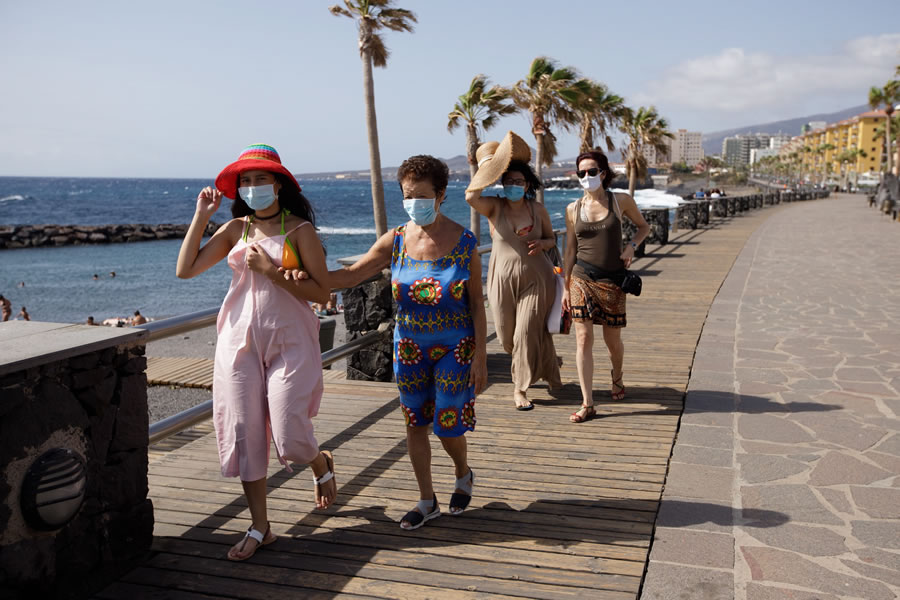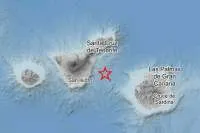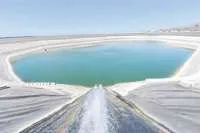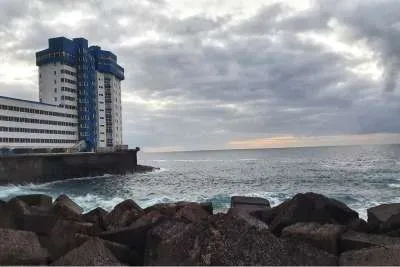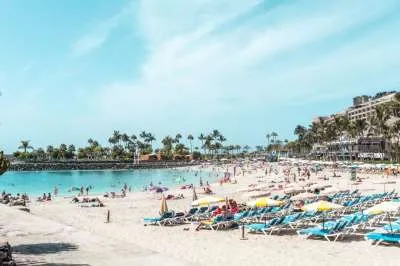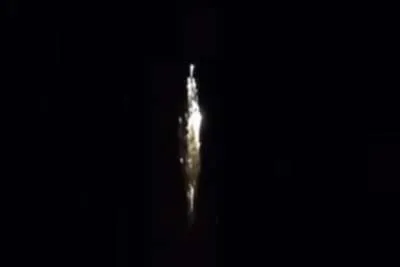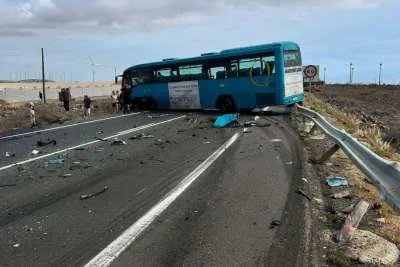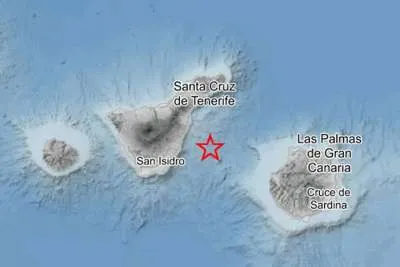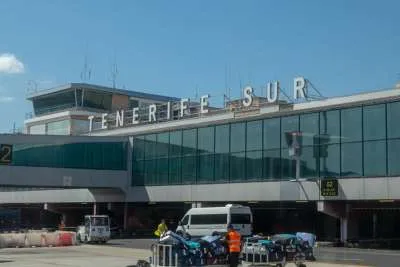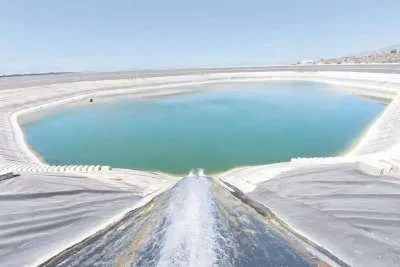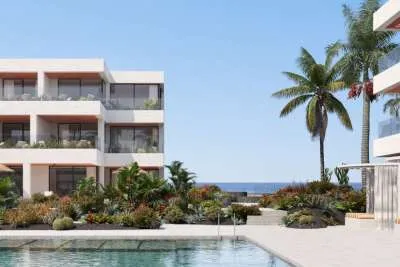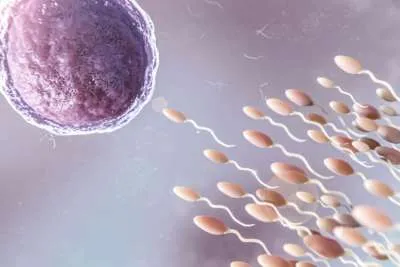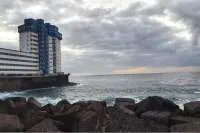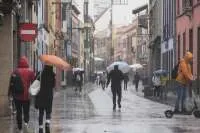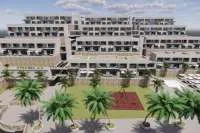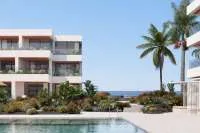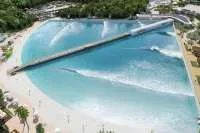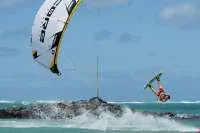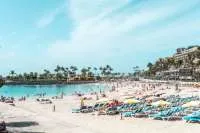The population of the south of Tenerife is getting older
- 19-04-2021
- Tenerife
- Canarian Weekly
The south of Tenerife is officially getting older, as the number of inhabitants over 65 years of age in the region has accelerated in the last decade. According to the latest update of the Canarian Institute of Statistics (ISTAC), with data as of January 2020 (just before the pandemic), the aging of the population is more pronounced in the municipalities with less population.
Eight municipalities have seen the segment of residents increase from the age that currently marks the border of retirement, which are: Adeje, Arona, Candelaria, Granadilla de Abona, Guía de Isora, Güímar, San Miguel de Abona and Vilaflor, while in three it has decreased Arafo, Arico and Fasnia, and in one it is perceived in a more pronounced way, Santiago del Teide.
Ten years ago Santiago del Teide led the ranking of municipalities with the ‘elderly’ as a percentage of their population, but now they have 18.2% compared to Arafo (18%), Arico (17.4%), Güímar (17.2%) and Candelaria (15.9%), whereas Fasnia and Vilaflor have 23.7% and 21.9% respectively.
On the other hand, the municipalities with the least weight of the older population are Arona (12.2%), San Miguel de Abona (11.0%), Granadilla de Abona (10.4%) and Adeje (10.3%). The average for the island of Tenerife stands at 16.53%.
Demographic experts, who consider the percentage of people over 65 years of age above 10% in the municipal register to be "respectable", highlight the close relationship between economic and demographic dynamics, in that sense they link the weight of tourism with migratory attractiveness that represent zones like the south of the Island.
For this reason, they emphasize that tourist municipalities such as Adeje, Arona, San Miguel de Abona, Santiago del Teide or Granadilla de Abona maintain a relatively young average age, largely due to the arrival of people for jobs that are of the age to form couples and families, a dynamic that, in the absence of data certifying it, has altered the pandemic.
This circumstance causes the base of the population pyramid to increase, contrary to what happens in places where there is no job attraction, which results in an aging of its inhabitants at a greater speed, as is what is happening, for example, in the north of Tenerife.
Without going in to too much detail, four municipalities in the north of the island command the classification of municipalities with the highest number of elderly residents. They are Buenavista (23.9%), Garachico (24.1%), Los Silos (24.9%) and Puerto de la Cruz (25.2%), all very far, for example, from the Tenerife town with less aging population, Adeje with 10.3%.
THE NUMBER OF MIDDLE AGED GROWS TOO:
In the last 10 years, only Santiago del Teide has seen the average age of its inhabitants decline, according to the latest measurement collected by the Canaries Institute of Statistics. The rest of the municipalities have seen an increase in numbers.
Six areas exceed the Tenerife average age which is set at 42.3 years old. In addition to Fasnia (46.9), Vilaflor (45.9) and Arafo (43.6), Arico (43.2), Santiago del Teide (42.8) and Güímar (42.6) are also close. On the other side are the municipalities below the insular average: Candelaria (41.8), Guía de Isora (40.7), Arona (39.9), Adeje (38.7), San Miguel de Abona (38.4) and Granadilla de Abona (38.3), the youngest in the region.
Curiously, Candelaria heads the list of municipalities that have accelerated the aging process of their inhabitants in the last decade (3.7 years older than in 2010), followed by Vilaflor (3.3 more).
Other articles that may interest you...
Trending
Most Read Articles
Featured Videos
A Vision of Elvis Tenerife Promo
- 10-05-2025
Tenerife Travel Guide
- 13-12-2024
Live webcam from Lanzarote airport
- 13-12-2024


